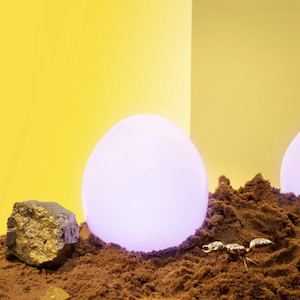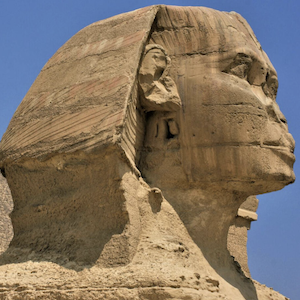Digital: Towards a paperless architecture?
By Jo Phillips
Architecture’s encounter with the digital provokes such conflicting responses largely due to its split nature as a creative and technical field. On one hand is artistic authenticity, individuality and the natural; on the other technical efficiency and programmatic necessities. Of course the two are far from mutually exclusive, but any field that has embraced the digital (art and books in particular) must brace itself for criticisms and debates into ‘realness’ and – for architecture in particular – humanity. This debate is by no means new – ever since their entry into the profession, digital techniques have not only improved, and made more efficient, representation and production, they have forever changed how our built environment looks. But will the digital ever take over completely?
 Gehry’s Weisman Art Museum building shows how his characteristic style folds, twists and crushes forms to subvert conventions. Source: structurehub
Gehry’s Weisman Art Museum building shows how his characteristic style folds, twists and crushes forms to subvert conventions. Source: structurehub
Frank Gehry was one of the early pioneers of architecture that unashamedly flaunted its digital origins. In much of his work form is firmly at the fore, sometimes to the extent of subverting the building’s function. Commonly referred to as deconstructivism, Gehry’s projects often take the form of ‘organised chaos’, rejecting traditional and modernist notions of buildings as reflections of universal ideals. Simply by looking at these projects one can tell they have been fabricated digitally, and indeed they could not have been any other way.
 Creation of the Louis Vuitton Foundation for Creation, due to be complete this year, involved all teams simultaneously working on the same 3D model. Each glass panel of over 3000 in total is unique. Source: equilibriarte
Creation of the Louis Vuitton Foundation for Creation, due to be complete this year, involved all teams simultaneously working on the same 3D model. Each glass panel of over 3000 in total is unique. Source: equilibriarte
The developments Gehry’s firm made with digital technologies eventually led to the creation of their own software, Digital Project, and the founding of Gehry Technologies, a consulting service that even includes its own cloud based solutions for all parties taking part in a building’s construction. This drive towards what is being termed a ‘paperless architecture’ has been met with much criticism, many feeling that the value of hand drawing is something that will never be replaced by a computer. Gehry Technologies’ developments bring with them huge efficiency, but why must this come at the cost of hand drawing?
 Patrik Schumacher saw the MAXXI in Rome as a built manifesto of his new style, Parametricism. Source: tripartadvisor
Patrik Schumacher saw the MAXXI in Rome as a built manifesto of his new style, Parametricism. Source: tripartadvisor
The characteristic and instantly recognisable ‘parametric’ style of Zaha Hadid Architects (ZHA) has seen the creation of an entirely new style based around the digital. Parametric modelling – defined at a basic level as self-generating geometries defined by base parameters – brought with it a wealth of new ideas and values. Parametric design allows for deep, complex relationships between all of the systems and considerations in a building’s design. Change one thing, and the rest, following base parameters, changes to suit. Metaphorically this idea of interconnectivity had long been present among the avant-garde, but with ‘Parametricism’ it had a chance of becoming a reality, born as a new style by Patrik Schumacher, a partner at ZHA. This in itself sparked great debate: no design is truly free from parameters, and the designs of ZHA often seem fairly unconstrained by the parameters of their sites and cultures. When Schumacher speaks of parametricism he includes the entirety of digital design – not just the parametric.
 Described by ZHA as an ‘evolving experience’, the Roca London Gallery’s interior screams ‘digital’. Source: archiii
Described by ZHA as an ‘evolving experience’, the Roca London Gallery’s interior screams ‘digital’. Source: archiii
Does the key to a better, more engaged architecture reside in computer creations and complex algorithms, or is the drive towards a completely digital architecture a utopian fantasy? Although the work of Gehry Architects and ZHA is made possible and real through digital means, the methods used in the design process are still very much traditional – the computer is still just a tool that, while integral, has not yet taken a complete hold of the design process.





